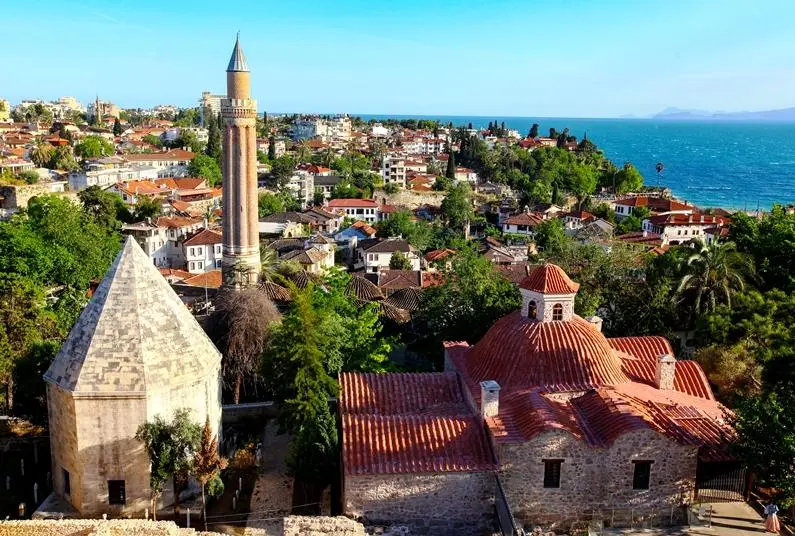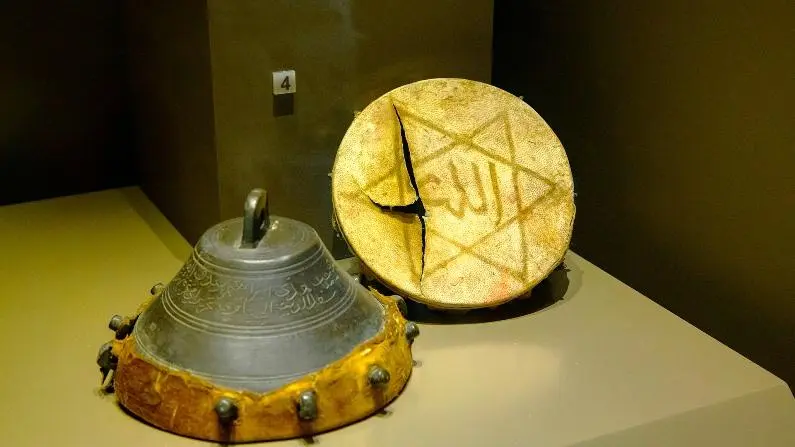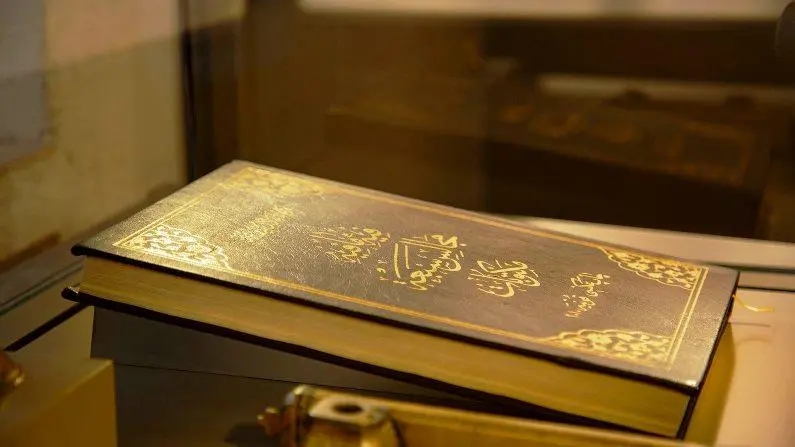Antalya Mevlevi House Museum
Description
The building of Mevlevihane, located in Kaleiçi, one of the most touristic areas of Antalya, belongs to the Seljuk period. Although there is no inscription, it is believed to have been built by Sultan Alaeddin Keykubad in 1255 and was used as a Mevlevi mosque in the 16th century.
In the museum, which is a complex of buildings consisting of the Mevlevihane, Hamam, Zincirkıran Mehmet Bey and Nigar Hatun tombs, informative panels about Mevlevism, animations, costumes and various items belonging to Mevlevism are exhibited. The museum also hosts events such as lectures on Islamic philosophy and thought, mesnevi and divan readings, seminars, Sufi music concerts and sema rituals.
Although the exact date of construction of the Mevlevihane Hamam is unknown, it is believed that it was built in the 13th century as a "palace hamam" for private use rather than serving large groups, and that it was used as a Mevlevihane Hamam during the Ottoman period.
Nigar Hatun, who is buried in one of the tombs in the complex, is the mother of Sultan Korkut, the son of Beyazıt II. The 1377 mausoleum was built in 1377 by Mehmet Bey, who was nicknamed "Zincirkıran" due to his success in taking Antalya by breaking the port chains. The tomb contains the graves of Mehmet Bey, his son Ali and Mustafa Dede Efendi, the Sheik of Antalya Mevlevi Lodge.
Short Description
The building of Mevlevihane, located in Kaleiçi, one of the most touristic areas of Antalya, belongs to the Seljuk period. Although there is no inscription, it is believed to have been built by Sultan Alaeddin Keykubad in 1255 and was used as a Mevlevi mosque in the 16th century.







